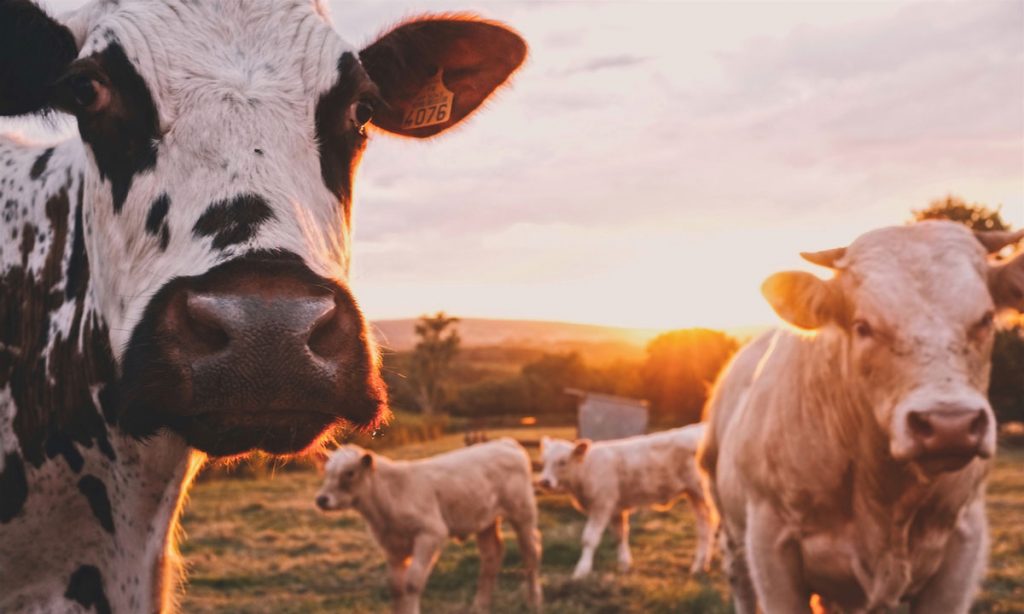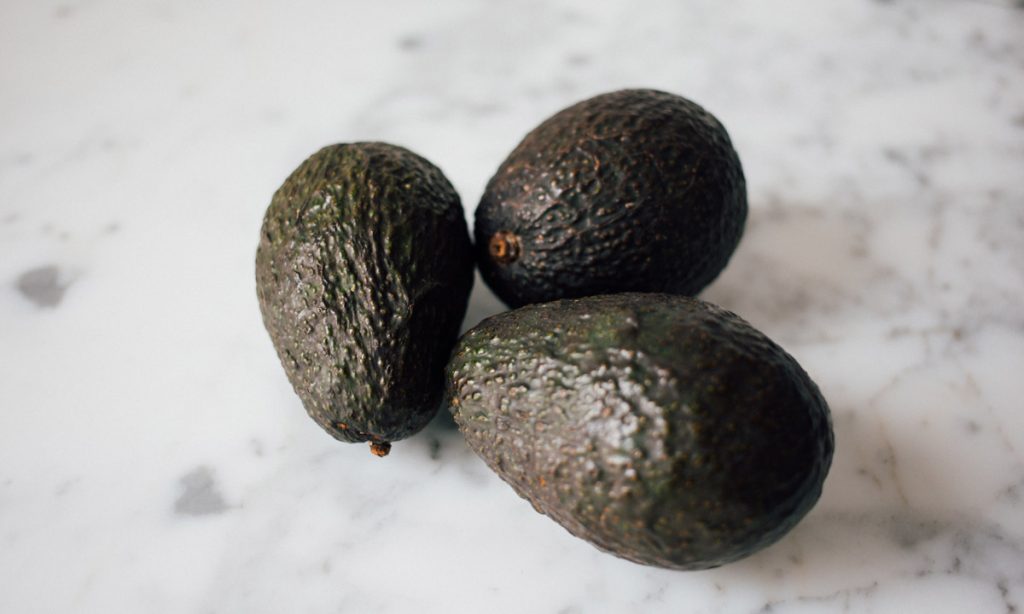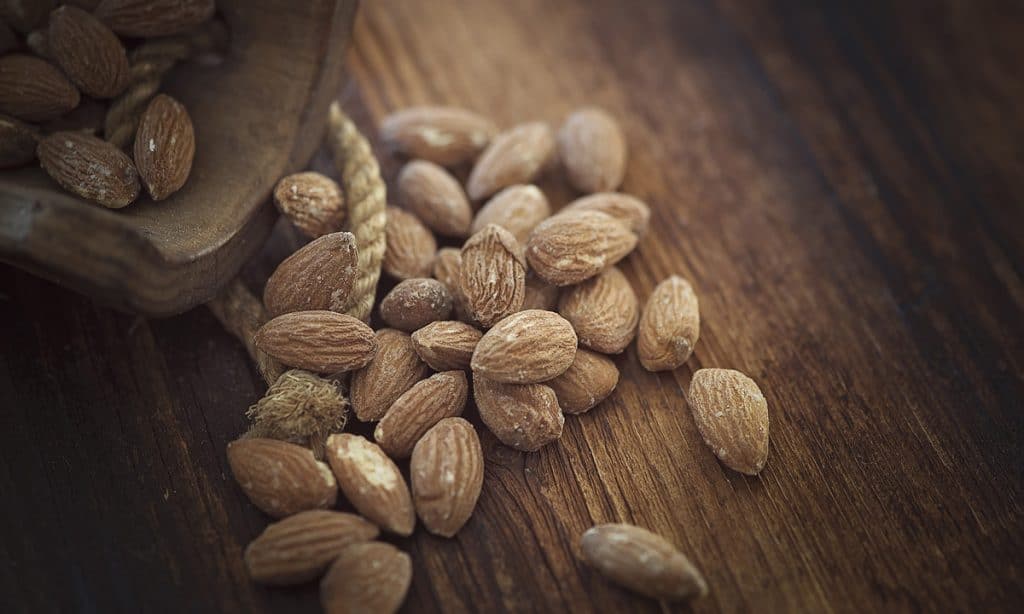Global warming is influenced by almost everything we do, including the food we consume. By managing our intake of these foods we can help preserve the state of the planet.
Because most of us are pre-occupied saving energy, recycling, using reusable water bottles and more, it’s easy to forget that one of the simplest and most effective ways to help out the world is to moderate our consumption of certain foods.
According to a report from the United Nations, the food we consume affects global warming, which in turn affects the production of this food. And while this phenomenon is mostly out of our hands and is largely due to companies who conduct these harmful agricultural practices, being informed and raising awareness on the topic might help change some perspectives and inspire new businesses to develop less harmful ways of making food.
Check out five unlikely foods that have a large impact on the health of our environment:
Meat
We’ll start out with the obvious one. Americans love their proteins with the Seattle Times reporting that on 2018 people consumed almost 10 ounces of meat and poultry a day. For some perspective, the recommended amount by the FDA is 5 to 6 ounces.
Raising large amounts of livestock for food production takes up a lot of energy and resources. Per Scientific American, the production of beef, chicken and pork “emits more atmospheric greenhouse gases than do all forms of global transportation or industrial processes.”

RELATED: How To Avoid Throwing The Wrong Stuff In Your Recycling Bin
While you could choose to forego meats altogether, reducing your weekly meat intake and telling a few friends to follow your lead can have a significant positive impact on the environment.
Cheese
Most dairy products fall into this category because, like meat, breeding livestock takes up enormous amounts of resources. In case you forgot, cheese comes from milk, which comes from cows. It doesn’t grow on trees, which would certainly be nice. The reason why cheese is more damaging than just milk is because it takes a lot of milk to make one block of cheese. This is extremely taxing on resources, not to mention the cows, which need to bred longer, which means more antibiotics and food. Dairy cows also release large amounts of methane, a greenhouse gas that’s worse than carbon dioxide.
Avocados

I know what you’re thinking: “Avocados are fruits! Fruits are good!” While this is true, avocados are also hard to cultivate. They’re a single-crop product, which means they need to grow on the same land over and over again, which requires a lot of water to grow. An estimates 2.2 pounds of avocados need 528 gallons of water to reach maturity. Maybe that’s why they’re so expensive.
RELATED: Men Don’t Adopt ‘Green’ Habits Over Fear Of Being Perceived Gay
It’s also important to highlight that the more land used, the more weak and prone to diseases it becomes, requiring more fertilizers and pesticides which in turn feed into global warming and it become this endless loop of bad stuff. It’s very depressing.
Almond milk
As healthy and tasty as almond milk is, it’s production also leaves a big imprint on the environment. The preparation of almond milk is a long and strenuous one, that demands 5 liters of water to cultivate a single almond. It takes over 100 liters of water to get to the almond milk.

Rice
One of the world’s most popular foods is also one that requires a lot of water. According to The Guardian, it takes 2,497 liters of water to produce one kilo of rice. Adding stress to this situation is the fact that a large percentage of the world considers rice one of their primary food sources since it’s cheap and available in most places.


